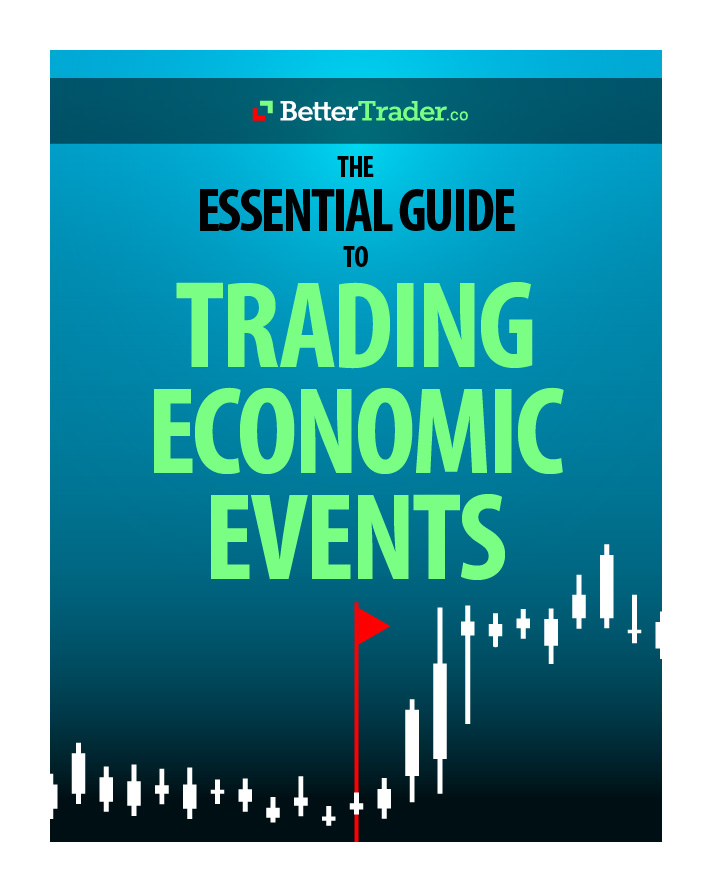In the markets, the dynamics of how prices move for different instruments are based on a multitude of factors. Some of the potential factors include:
- Short or Long Trades
- Different Markets (e.g. FOREX, Options, Futures)
- Volume of Trades
- Amount of money in your portfolio
- Diversification of assets or lack thereof
- Which country/countries and exchange(s) you are trading on
Spotting Trends
The two main ways that trends can be analyzed are in the structure of the markets and the moving average of the given asset. If we want to be able to locate when and where the market experiences an upward trend, we should pay attention to the series of higher highs and higher lows.

This can be done by segmenting a given chart into multiple time breaks and then placing a marker at the highest point in that interval and the lowest point in that interval. If the value of the highs and lows continue to increase, it is usually a pretty solid indicator that this asset is on an upward trend.
The inverse is true for downward trends. A series of lower highs and lower lows will give the indication that this asset is currently experiencing a downward trend.
On the other hand, the moving average can be used to define a trend by assigning different point values (e.g. 20 ma – short-term trend, 100 ma – medium-term trend, 200 ma – long-term trend). Using this provided example, when the price is higher than the “x” ma, than this indicates the trend.
The Method of Buying on the Pullback
In order to buy the pullback of a given asset, you need to be able to identify the impulse and corrective movements on a chart. If we want to take a more generalist approach to when people should buy or sell, a good pointer is to look at the chart depicting the price movements of the asset. The best position that one can take is buying on the pullback or the corrective move of an asset (the corrective moves in red).

What is a Low-risk, High-reward Method?
Everyone is always looking for this low-risk, high-reward scenario in the markets. What is better than having all the upside without any risk? Unfortunately, this does not actually exist in the real markets, as the reciprocal for having low-risks are low-rewards and high-risks with high-rewards scenarios.
However, using the aforementioned method of buying on the pullback, you can reduce the amount of risk you take relatively while maintaining the prospective rewards. When positioning yourself in long positions, your main concern is about entering the market at the right time.
A common analogy is looking at the premise of spilling water on yourself during a hot summer day or cold winter day. The hot summer day/cold winter day can be looked at as an uptrend/downtrend and the water spilled can be looked at a bad entry time. During the summer, your small mistake can be compensated by the heat and sun which can evaporate your blunder quickly. However, during the winter, being wet will only make you colder and you risk freezing and getting sick. The idea applies in the markets because buying in during an uptrend can help save you and overcompensate for smaller mistakes, whereas buying in during a downtrend can cause you to lose even more money.
Summary
Altogether, the markets are very volatile, but there are a variety of strategies you can implement into your strategies that offer opportunities to be successful in the markets. The industry is also extremely competitive and you want to use every resource you have to be able to compete and succeed. Platforms such as the BetterTrader backtester and blog can assist in your trading endeavors regardless of your current level.














